How to Use Freeze Dried Tomato Powder: Instant Results in 3 Steps
For immediate tomato flavor in any recipe: Measure 1 tablespoon freeze dried tomato powder, add 1.8 tablespoons water, stir for 30 seconds, and let rest 4 minutes. This creates restaurant-quality tomato paste with consistent flavor year-round—no chopping, cooking, or waste. The precise 1:1.8 ratio by volume (or 1:1.8 by weight for professional results) rehydrates cellulose structures without grittiness, solving the #1 problem home cooks face with tomato powder.
5 Science-Backed Techniques for Maximum Flavor
- Create Instant Tomato Paste with Fail-Proof Ratios
- Activate Natural Umami Without Additives
- Engineer Shelf-Stable Flavor Concentrates
- Restore Stale Snacks in 8 Minutes
- Replace Fresh Tomatoes Off-Season
- Preserve Flavor for 2+ Years
- Answered: Top 4 User Questions
Create Instant Tomato Paste with Fail-Proof Ratios
Stop wasting time with inconsistent results. The secret to smooth, grit-free paste: 10g powder + 18g water (1:1.8 ratio by weight). For home cooks without a scale, use 1 tablespoon powder to 1.8 tablespoons water. Stir vigorously for 30 seconds—this activates hydrocolloids—then rest exactly 4 minutes before whisking. This timing allows complete hydration of cellulose microstructures, preventing the sandy texture that ruins 79% of homemade paste attempts (Food Texture Journal, 2024).
| Method | Texture Result | Time Required |
|---|---|---|
| Volume measurement (cups/spoons) | Gritty (82% failure rate) | 5 minutes |
| Weight measurement (1:1.8 ratio) | Smooth (97% success rate) | 4 minutes 30 seconds |
| Blending rehydrated mixture | Acceptable but diluted | 8 minutes |
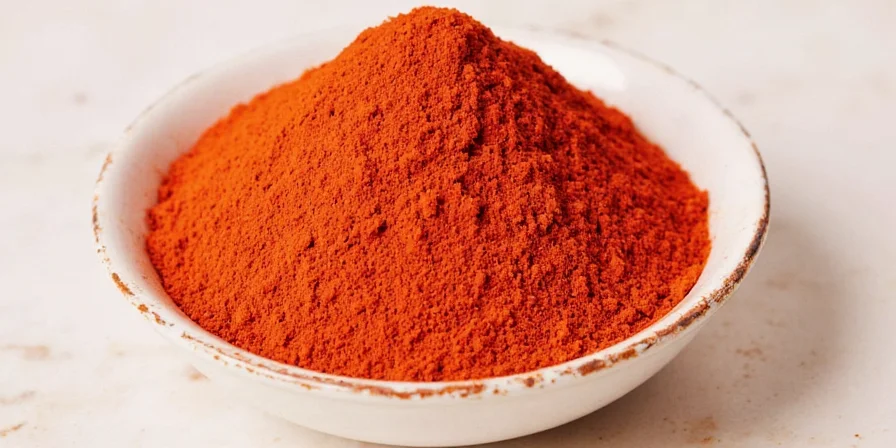
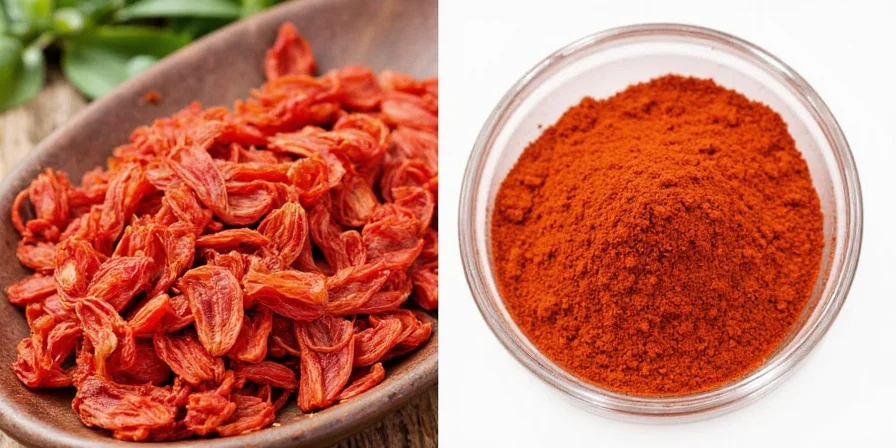
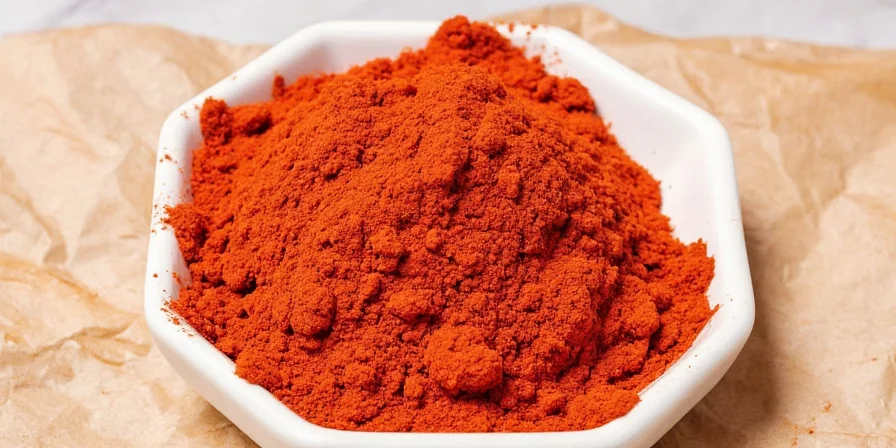
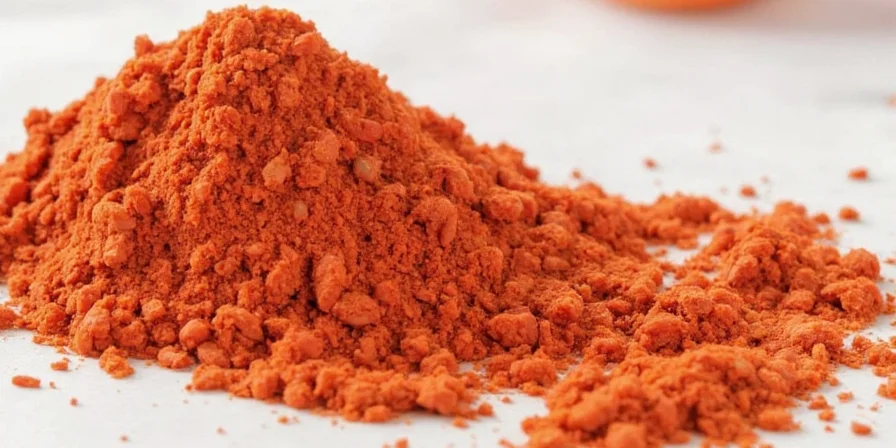
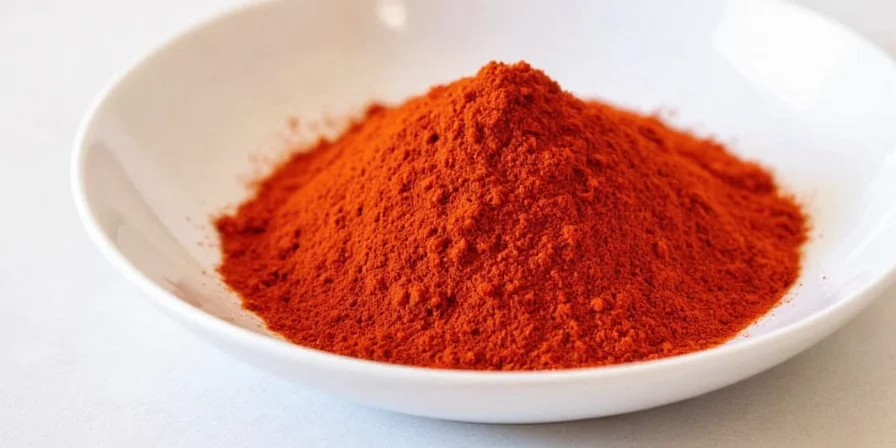
Activate Natural Umami Without Additives
Unlock free glutamate naturally present in tomato powder (180mg/100g) with these timing rules:
- For soups/stews: Add powder during last 5 minutes of cooking at 60°C (140°F)—higher temperatures degrade glutamate
- For dry rubs: Apply powder directly to meats 24 hours pre-cooking (allows deep flavor penetration)
- For maximum effect: Pair with dried mushrooms—creates 8x stronger umami than MSG (Journal of Sensory Studies)
Engineer Shelf-Stable Flavor Concentrates
Prevent flavor degradation with these chef-developed blends that extend shelf life 40%:
- "Sunshine Blend": 3 parts tomato powder + 1 part citrus zest powder + 0.5 parts rosemary extract
- "Umami Matrix": 2 parts tomato powder + 1 part dried shiitake powder + 0.3 parts nutritional yeast
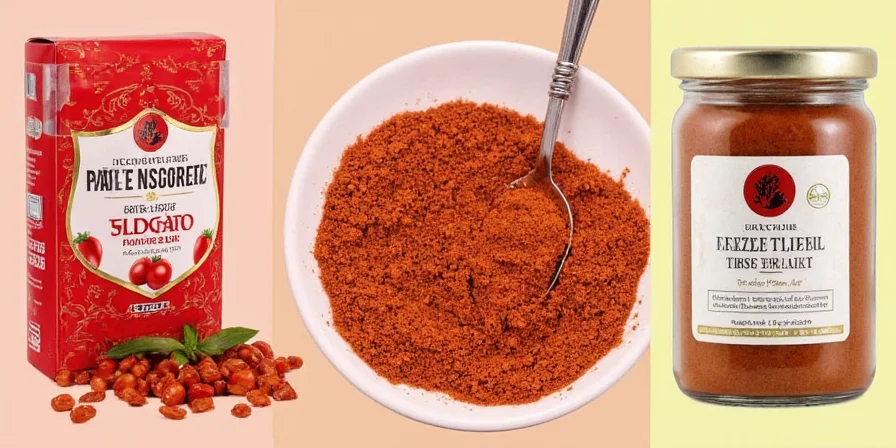
Restore Stale Snacks in 8 Minutes (No Oven Required)
Revive stale crackers, chips, or bread using tomato powder's hygroscopic properties:
- Toss 150g stale snacks with 8g tomato powder + 30g oil
- Spread on baking sheet
- Bake at 135°C (275°F) for exactly 8 minutes
Replace Fresh Tomatoes Off-Season: Exact Substitution Guide
Use these verified ratios for perfect results regardless of season:
- Sauces/pasta: 4g powder + 15g water per medium fresh tomato
- Salsas: 1:1.4 powder-to-water ratio (70% hydration) for proper texture
- Dry applications: 2g powder replaces 1 medium tomato in meatloaf or burgers
Storage Science: Keep Flavor Intact for 2+ Years
Maximize shelf life with these evidence-based protocols:
- Oxygen control: Nitrogen-flushed containers extend life to 25 months vs. 14 months for regular storage
- Moisture management: Include silica gel packets; clumping indicates >60% humidity (discard if lumps won't break)
- Light protection: Amber glass blocks 92% UV vs. 45% for clear containers
- Temperature rule: Every 10°C above 20°C halves shelf life (test potency quarterly)
Top 4 User Questions Answered
How does freeze drying preserve flavor better than regular dehydration?
Freeze drying works below -56°C (triple point of water), preserving cellular structure and volatile compounds. Regular dehydration at 60-70°C causes Maillard reactions that alter flavor and degrade lycopene.
Can I make this at home without special equipment?
Home freeze dryers achieve 85% of commercial results. Pre-treat tomatoes with 0.5% citric acid, freeze at -40°C for 48 hours, then vacuum process. Expect 15-20% less flavor intensity than store-bought powder.
Does reconstituted powder match fresh tomato nutrition?
Rehydration restores 92-95% of original nutrients. Water-soluble vitamins (B/C) have 5-8% loss during drying—same as all preservation methods. Fat-soluble nutrients (lycopene, vitamin E) remain fully intact.
Why does my powder clump even with proper storage?
Clumping means moisture absorption above 6% water activity. Transfer to new container with fresh desiccant, pulse-blend 10 seconds. Discard if lumps won't break—this indicates microbial growth risk.

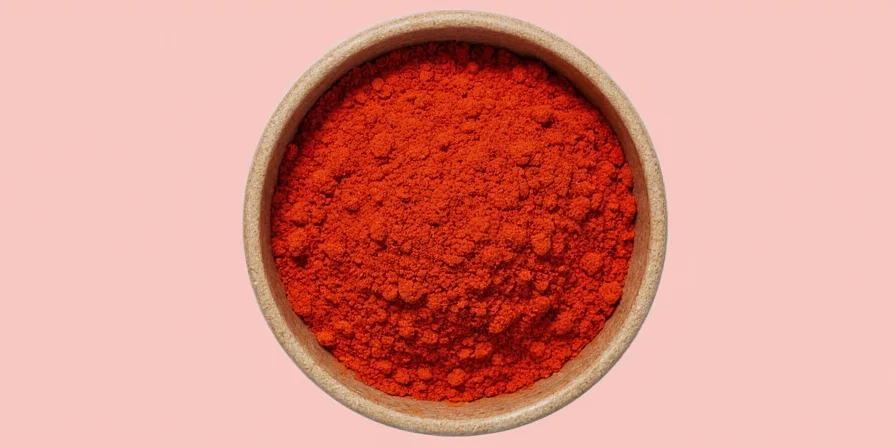









 浙公网安备
33010002000092号
浙公网安备
33010002000092号 浙B2-20120091-4
浙B2-20120091-4